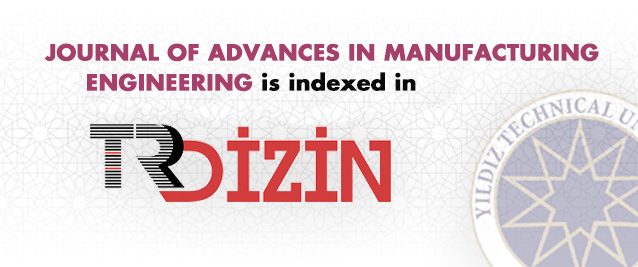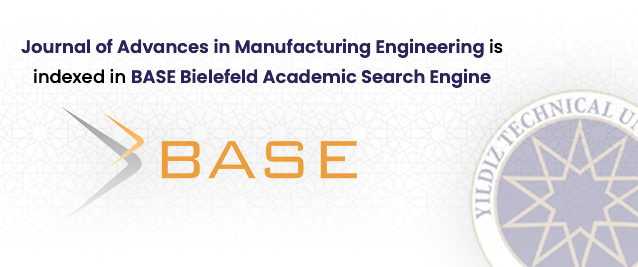Abstract
In the present work, the prediction capability of Yld89 criterion from anisotropic yield functions was investigated in the view of the anisotropic behavior of the sheet metals. Investigation was conducted on two highly anisotropic sheet materials: an aluminum alloy (AA2090-T3) and an advanced high strength steel (TRIP 780). The in-plane variation of material anisotropy and normalized yield surface contours were considered in the evaluation of the prediction capability of the criterion. Firstly, the model coefficients were determined according to stress and strain based definitions. Then, the planar variations of the yield stress and plastic strain ratios and normalized yield surface contours of the materials were predicted according to both identification procedures. Finally, the computed results were compared with experiments to evaluate prediction capability of the model. It was observed from the comparisons that the planar variations of the yield stress ratio could successfully predicted by stress based definition, while the variations of the plastic strain ratios in the sheet plane could accurately predicted by strain based definition. Besides, it was determined that elastic region predicted from strain based definition was larger than stress based definition for AA2090-T3, while the predicted elastic region from stress based definition was slightly larger in than that of strain based definition for TRIP 780 material.














